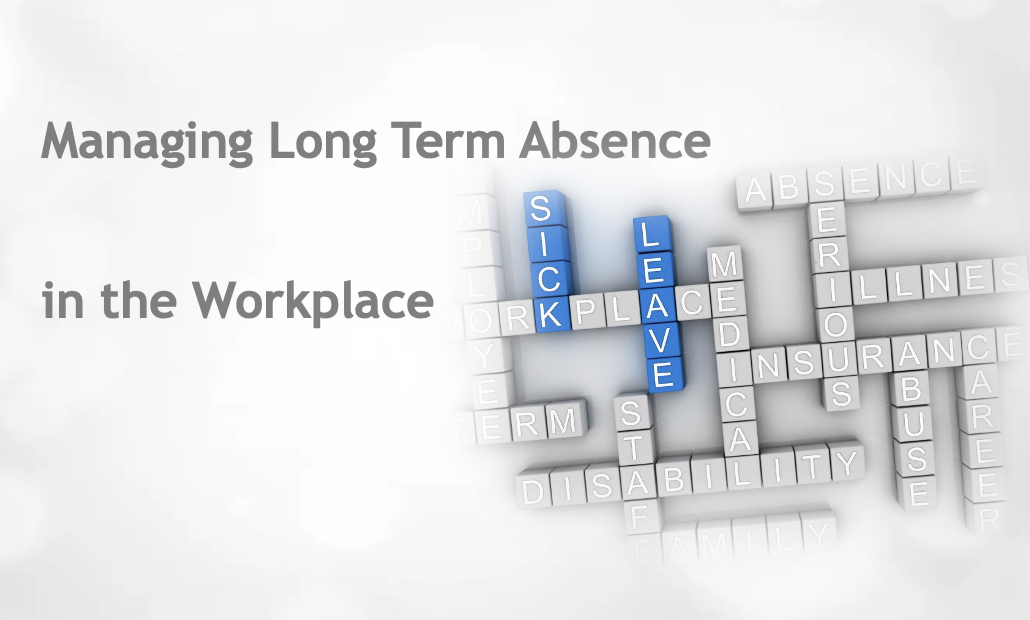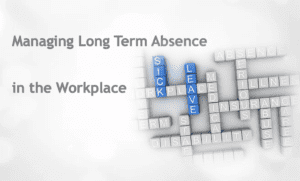Managing Long Term Absence in the Workplace – Mitigating circumstances so employees don’t go out with a ‘Bang!’
It’s autumn and we aren’t far away from the winter months creeping in! Employees start to fall ill and businesses start to struggle to keep track of the illnesses. You may even find that some employees (hopefully not many!) have been off for 4 weeks or more.
Long term absence can have a significant impact on a business. In 2022, the Office of National Statistics found that amongst the highest level of absence was long term absences. They found that an estimated 185.6 million working days were lost due to sickness or injury in 2022 – that’s a record high!
How is it feasible for businesses to ‘carry’ those individuals? For many, it isn’t. That’s not to say that you should look to dismiss someone as soon as they are off due to absence, the key is to make sure you manage that absence well.
That’s what we are here to help with and to make sure that your procedures are followed correctly. If you are seen to be following procedure, making reasonable adjustments where possible, and being fair and consistent. This will limit your exposure to a potential Employment Tribunal.
So how do you do that?
Firstly, you need to make sure that you have an effective absence management procedure in place and that it specifically links to long term absence too.
When someone is on long term absence, it is important that you keep in touch with that employee and look to conduct ‘welfare’ meetings. It is worth noting that it would be beneficial for you to have medical information prior to the meeting however, if the employee (or you) cannot obtain this prior to the meeting, ensure that it is available for that meeting.
Once you have had your meeting, you may feel it is appropriate to start your formal procedure. You may feel that a medical report is needed to continue. Seek advice and help on this before proceeding.
For smaller organisations, it is reasonable to suggest that potentially 1-2 meetings take place. For larger organisations, at least 2 meetings should take place.
Remember, this isn’t a cap on the number of meetings that need to take place. It all depends on the individual and circumstances. If you feel you may need more, than do so, if it is reasonable for all involved.
It is also important to note that the number of welfare meetings you may need to have may change due to medical reports you obtain. If it suggests that your employee may be able to return to work within 8 weeks, it may be reasonable to wait until then and have a further meeting to review the next steps.
What happens from here depends on whether you and your employee believe they are fit to return to work. This very much depends on the individual and their circumstances, how long they have been off for and what the medical evidence you have suggests. All these factors will showcase whether there are reasonable adjustments you can make to enable them to come back to work or, whether unfortunately, you are at an in pass and they are no longer able to carry on working.
If you have a situation like this and feel like you may need some support or guidance, please contact one of the Tick HR team, and we will be more than happy to help you.
One final point to highlight, if your organisation offers Permanent Health Insurance (PHI) or Ill-health retirement pensions, the procedure and legislations surrounding these may be completely different to what your absence management procedure suggests should happen. If you do offer these, ensure that both are in line with one another. Otherwise, you could find that you are stuck, and your employee may be leaving with a ‘Bang!’.



